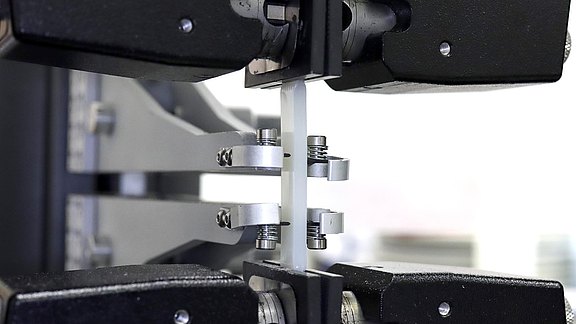Reinforcing materials are often indispensable, especially for articles made of silicone. Textile fabrics are usually used as reinforcing materials. The disadvantage here is that, when designing new products, one is stipulated from the outset to certain manufacturing processes and properties. In some applications, such structures can also fail under high dynamic loads. In addition, fine-linked products with fabric reinforcement in particular pose various technological problems.
One way out is the integration of short fibers. However, this requires sufficient fiber/matrix adhesion and good distribution and separation of the fibers. Investigations at TITK into technically feasible solutions led to the following results: Homogeneously dispersed fibers are obtained by combined processing in the internal mixer and on the rolling mill - adapted to the respective compound. The most striking successes of the added fibers are high increases in stress and hardness. These effects depend on the type, quantity, fineness and length of the short cut.
With aramid, the stiffness of silicone elastomer could be increased by a factor of up to 10 - with largely conserved tensile strength/elongation. Polyester and polyamide-based fibers also offer interesting potential. Commercially available carbon fiber cuttings are unsuitable. In a comparison of different silicone types, even small additions of short cut are sufficient to adjust the stiffness of a harder type. A variety of investigations showed that some adhesion promoters significantly increase fiber/matrix bonding.
